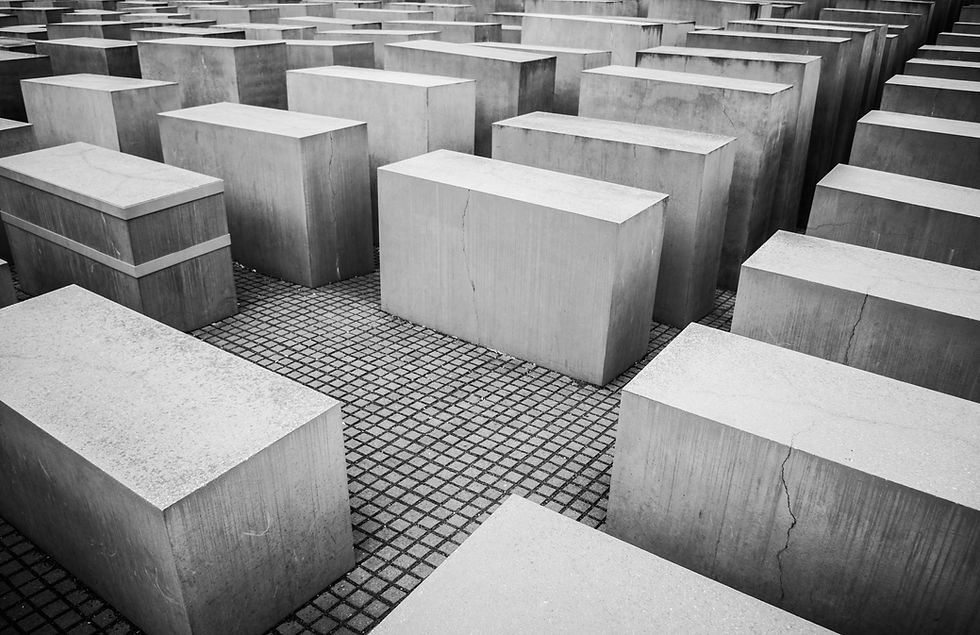Was There a Jewish Ghetto in Berlin?
- Matti Geyer
- Sep 17, 2025
- 2 min read
Updated: Sep 21, 2025

The Truth Behind the “Berlin Ghetto” Myth
Many visitors search for where the Jewish ghetto in Berlin was. The surprising answer: there wasn’t one. Unlike Warsaw, Łódź, or Kraków, Berlin never had a Nazi-era ghetto surrounded by walls. Understanding why—and learning what happened instead—reveals a powerful part of the city’s Holocaust history.
Why the Nazis Avoided a Ghetto in Berlin
The Nazi regime built ghettos mainly in occupied Eastern Europe beginning in 1939, using them as holding pens before deportation and mass murder. Inside Germany itself, however, the plan was different: the leadership aimed to make German cities judenfrei (“free of Jews”) as quickly as possible, not to create long-term ghettos.
Tenant-Protection Law of 1939: In September 1939, a law canceled tenant-protection rights for Jews. Their apartments could be taken away at any time.
“Jewish Houses” (Judenhäuser): Thousands of Berlin Jews were forced to move in with relatives or into overcrowded “Jewish houses,” where several families shared a single flat. These houses appeared all over the city, replacing the idea of a walled ghetto with a citywide network of forced confinement.
By October 1941, mass deportations began.
Deportations from Berlin (1941–1943)
First Transport: October 1941—about 1,000 Jews sent to the Łódź ghetto in occupied Poland.
Total Deported: More than 60,000 Jews were sent from Berlin to ghettos and killing centers: roughly 10,000 to Eastern European ghettos such as Łódź, Riga, Minsk, and Kovno; about 15,000 to Theresienstadt; and over 35,000 directly to killing centers such as Auschwitz-Birkenau.
Assembly Points: Levetzowstrasse Synagogue, the Jewish cemetery on Große Hamburger Straße, Heidereuter Alley, Rosenstraße, the Jewish Hospital, and other community buildings.
Long before the Holocaust, Berlin did have a Jewish neighborhood, though never a Nazi ghetto.
Scheunenviertel (“Barn Quarter”): In 1731 King Frederick William I ordered Jews without permanent residence to settle here, just north of today’s Alexanderplatz.
Spandauer Vorstadt: The adjacent district became a hub of Jewish life with the Neue Synagoge, the old cemetery on Große Hamburger Straße, and bustling courtyards such as the Hackesche Höfe.
These streets later witnessed arrests and deportations, making them key stops on any Jewish-history walk today.




Comments